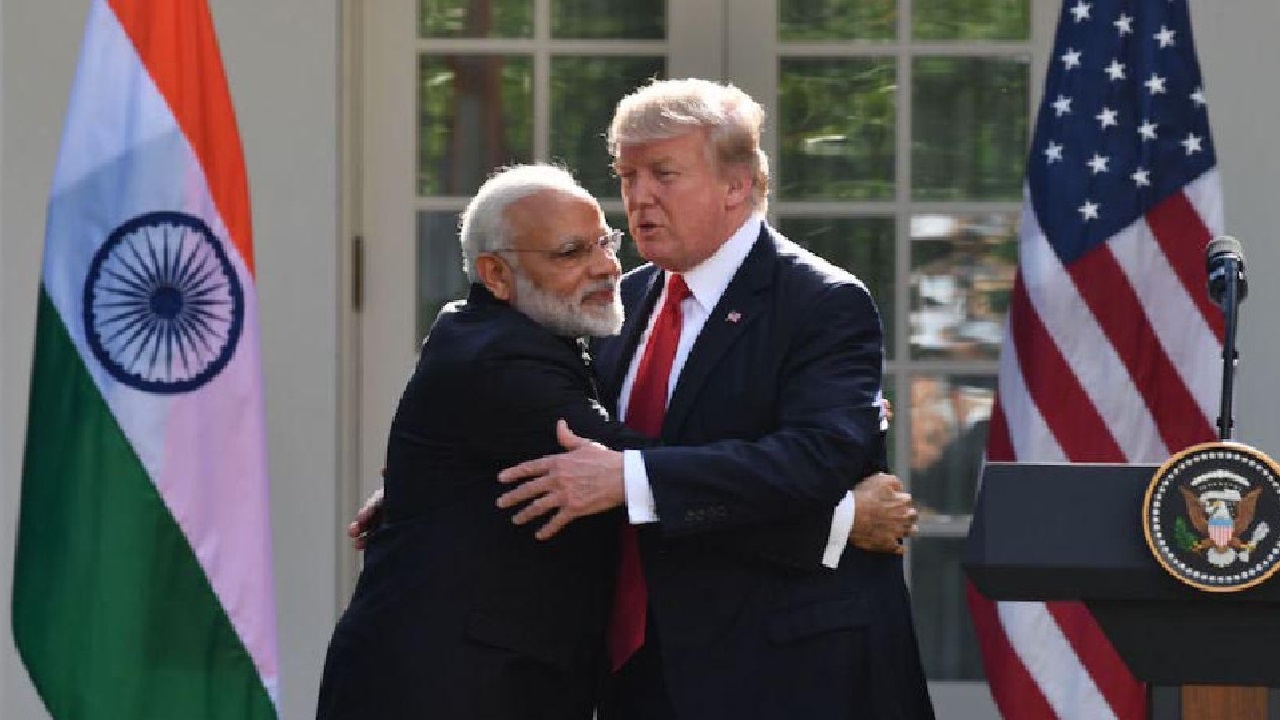Pakistan’s Economic and Political Crisis
Pakistan’s economic and political landscape has been marred by instability, characterized by rising inflation, political uncertainty, and a heavy reliance on international loans. Years of mismanagement, political turmoil, and a sluggish economy have left the country in a precarious financial situation. Faced with increasing debt and dwindling foreign reserves, Pakistan has once again turned to the International Monetary Fund (IMF) for financial assistance. As part of the conditions tied to a $7 billion loan deal, the government is now implementing significant austerity measures to stabilize the economy, including massive job cuts and the dissolution of ministries.
IMF-Driven Austerity: Job Cuts and Ministry Closures
In a bid to reduce administrative costs, Pakistan announced on September 29 that it will abolish approximately 150,000 government jobs, close six ministries, and merge two others. These decisions are part of a broader reform agenda agreed upon with the IMF. Pakistan’s Finance Minister, Muhammad Aurangzeb, emphasized the importance of these measures, noting that they are crucial to meeting the terms of the IMF loan package. This move comes after the IMF approved the loan and released over $1 billion in the first tranche.
The government’s decision to eliminate jobs and reduce the number of ministries marks one of the most drastic cuts in Pakistan’s recent history. These reforms are designed to curb government spending, increase tax revenues, and transfer certain fiscal responsibilities to provincial governments, all in an effort to stabilize the struggling economy.
Taxation Reforms and Revenue Generation
In addition to slashing government jobs, Pakistan is introducing sweeping changes to its taxation system. Finance Minister Aurangzeb announced that last year, the country added around 300,000 new taxpayers, with 732,000 additional taxpayers already registered this year. This increase has brought the total number of taxpayers in Pakistan from 1.6 million to 3.2 million.
To ensure compliance, the government plans to abolish the category of “non-filers,” meaning that individuals who do not pay taxes will no longer be able to purchase property or vehicles. This is part of a broader effort to formalize the economy and increase the tax-to-GDP ratio. Pakistan also aims to target non-traditional sectors like agriculture and real estate, which have previously escaped robust taxation.
Positive Outlook from the Government
Despite the austerity measures and job cuts, Aurangzeb remains optimistic about Pakistan’s economic trajectory. He claims that foreign exchange reserves have risen to their highest levels, and both national and IT exports have seen significant growth. The finance minister also noted that inflation has dropped to single digits, which he attributes to effective government policies.
Furthermore, Aurangzeb highlighted the government’s efforts to reduce the policy rate by 4.5%, expressing hope that both the exchange rate and policy rate will remain stable. He emphasized that the current reforms, if successfully implemented, could pave the way for Pakistan to join the ranks of G20 economies.
Skepticism Over Long-Term Recovery
While the Pakistani government expresses optimism, many remain doubtful about the long-term sustainability of these reforms. Pakistan has already secured more than two dozen IMF loans in the past, yet it continues to face recurring economic crises. The hope is that this latest loan will be the last, but history suggests that deeper, more permanent reforms are necessary to break the cycle of debt and dependency on international lenders.
In conclusion, Pakistan’s current economic reforms, driven by IMF conditions, aim to stabilize the economy through austerity measures and improved taxation. However, the road ahead remains uncertain, and the country’s ability to permanently address its financial woes is yet to be seen.
(With inputs from agencies)








